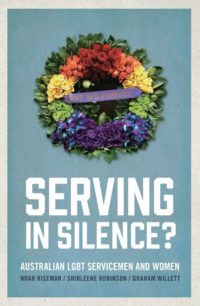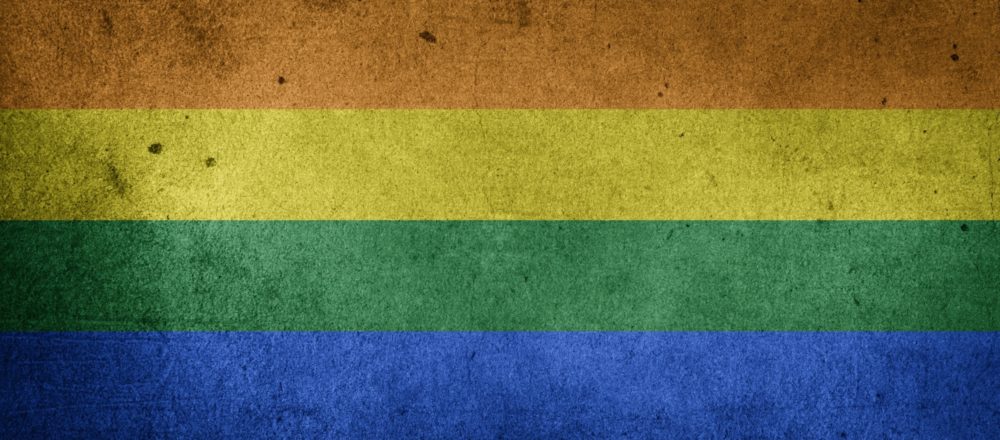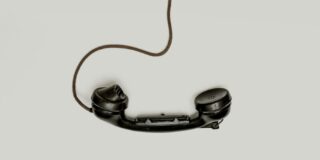
Serving in Silence?: Australian LGBT Servicemen and Women
Noah Riseman, Shirleene Robinson and Graham Willett
NewSouth Books
Serving in Silence?: Australian LGBT Servicemen and Women by Noah Riseman, Shirleene Robinson and Graham Willett gives voice to a still unfolding narrative. The book reads as both a shared release and a damning reminder of the sometimes surprising ways in which the marginalised are actively and effectively silenced and effaced from the public record.
The three authors detail the Defence Forces’ evolving treatment of LGBT members with a bracing but necessary equality. The divergent strands of army, navy and air force are scrutinised over three distinct post-World War eras, and the chorus of enlisted voices tease out oral their-stories that testify to real time silence, and now stand as an overdue public record. They read almost as a promissory note to the future, and the fact that the L, G and B are afforded significantly more space than the all but silent T lines up with an overarching thesis that the march to progress is still far from over.
The central and essential fact that people who served their country were treated less than respectfully by their employer, is made early and left to resonate as the text moves closer to real time. Most of those interviewed also served by choice, so the reminder that gay and lesbian service staff have only been able to serve openly since 1992, for instance, speaks loud enough to not need much amplification.
Similarly, the willingness of anyone to serve in light of even this constraint isn’t questioned as such, but many of the first-person recollections make it plain that the oppression and wounds of the defence hierarchy are indivisible from those of the church and state. Several of the voices included also posit institutionalised shame and isolation as a convenient construct, a seemingly safe space that almost always necessitates a second coming out.
The authorial tone is perhaps necessarily – but also perplexingly – scholarly and sedate. While the overarching narrative positions shifting social attitudes and policy amendments as chicken and egg, the compulsion to tie up each story with a happy-ever-after feels bound to respectability politics.
The personal narratives, however, tear apart this khaki reserve with a rainbow verisimilitude that thrillingly fleshes out the scarcity and skew of available historic documentation and attest to often remarkable professional and personal courage.
Julie Hendy, for instance, was discharged from active service in 1968 on the basis that her (active) lesbianism made her vulnerable to blackmail and her dismissal is overlaid and time-stamped with the real risk of being forced to undergo psychiatric treatment and the knowledge that she was part of the first group of Australian women to ever serve in her particular role. Hendy notes that “I’d been thrown out for being a degenerate, so I was going to live the life of one.” This pre-Stonewall embracing of self while healing from being stigmatised and punished feels both joyous and brave.
The earlier stories, in particular, share an almost conspiratorial whisper that tantalises in both what is shared and suggested, mirroring the codified language and behaviours that allowed these narratives (and, in many cases, their narrators) to survive, and Serving in Silence? Australian LGBT Servicemen and Women ultimately re-enlists their combined voices in the service of vital homo truths.



